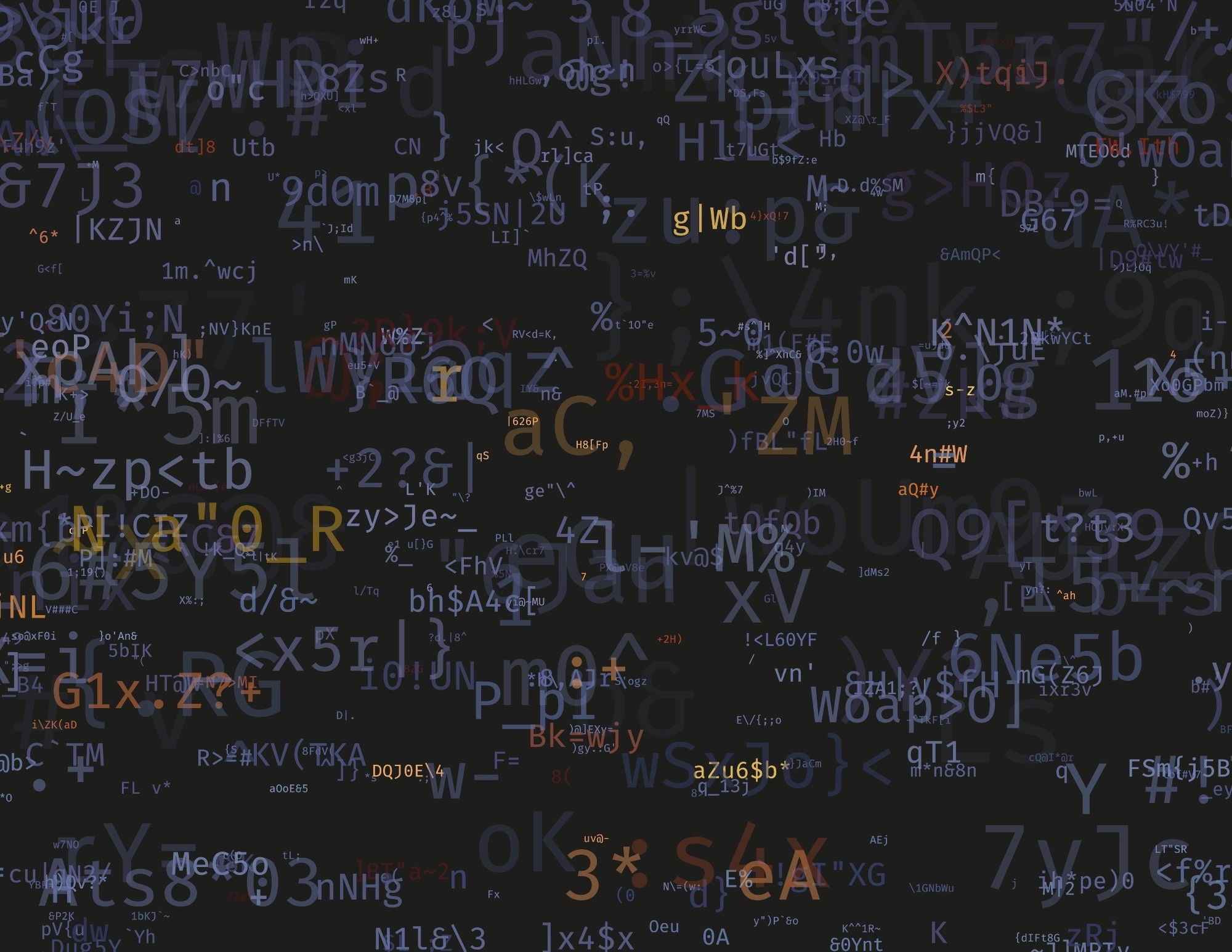Quantum chaos is the study of the quantum dynamics of classically chaotic systems. Conservative dynamical systems, such as acoustical systems, quantum dots, nuclei, and molecules, are often at least partly chaotic in the range of their behavior. This article discusses quantum chaos and random matrix theory and the applicability of random matrix theory to quantum chaotic systems.

Image Credit: octomesecam/Shutterstock.com
What are Quantum Chaos and Random Matrix Theory?
Experimental, computational, and conceptual challenges are prevalent in the field of quantum chaos. The mathematical questions that have a direct bearing on this field include the complexities of chaotic Hamiltonian dynamics, the convergence of trace formulas, and the Riemann conjecture.
Random matrix theory is a method involving the study of the statistical behavior of large complex systems by defining an ensemble, which considers all possible interaction laws within the system.
Random matrix theory can be used to understand the diverse properties, such as matrix eigenvalue statistics, of matrices with entries randomly drawn from different probability distributions, which are known as random matrix ensembles.
Thus, the method can be used to understand the zeros of the Riemann zeta function, the behavior of chaotic systems, the conductivity of disordered metals, or the statistical behavior of compound nuclei.
The success of random matrices depends on the universality regime of the eigenvalue statistics. For instance, the eigenvalue distribution tends towards a limiting distribution when the matrix size is extremely large.
In physics, random matrices have been first used to understand the complex nuclei’s energy levels. Ensembles of random matrices were used to model complex system Hamiltonians. Ensemble properties, such as scattering cross-section fluctuations, decay widths, and energy level spectra, have gained considerable attention from physicists.
Later studies have demonstrated that random matrices are also applicable to quantum chaotic systems, which indicated the feasibility of using random matrix theory to understand complex systems.
Ensembles are classified based on the space-rotation and time-reversal symmetries of the underlying physical systems in physics applications. Gaussian ensembles of quaternion self-dual Hermitian matrices/Gaussian symplectic ensembles (GSE), general complex Hermitian matrices/Gaussian unitary ensembles (GUE), and symmetric Hermitian matrices/Gaussian orthogonal ensembles (GOE) are the important classes of ensembles.
The terms symplectic, unitary, and orthogonal primarily refer to transformations in which the ensembles remain invariant. Analogous ensembles/circular ensembles have also been introduced involving unitary matrices.
These ensembles are referred to as circular symplectic ensembles (CSE), circular unitary ensembles (CUE), and circular orthogonal ensembles (COE) for a self-dual unitary, general unitary, and symmetric unitary matrices, respectively.
Applicability of Random Matrix Theory to Quantum Chaos
The quantum chaos theory is primarily concerned with the statistical properties of quantum systems with a classical limit. The statistics of energy levels are described either by a Poisson process when the classical dynamics are regular or by a random matrix theory when the classical limit is chaotic.
Gutzwiller’s trace formula is the key tool to understand this connection as the formula provides a semi-classical relation between the quantum system energy eigenvalues and the periodic orbit actions of the classical counterpart. Random matrix behavior of the eigenvalues can be understood based on the underlying classical chaotic or regular dynamics.
The physical symmetries of a system are important in determining the relevant level random matrix statistics. For instance, the GOE works effectively in time-reversal invariance (TRI) systems, such as nuclear spectra. Random matrix statistics are also found in complex molecular and atomic spectra.
Studies on Quantum Chaos and Random Matrix Theory
In a study published in The European Physical Journal D, researchers determined the universal fidelity decay law in quantum computations of complex dynamics in a quantum computer with internal static imperfections.
The approach was based on the application of random matrix theory in the presence of imperfections, and the theoretical predictions were evaluated and confirmed using several numerical simulations of a quantum algorithm for quantum chaos in a dynamical tent map with 18 qubits.
The proposed theory determined the time scales for reliable quantum computations without quantum error correction codes. These time scales were related to the decay time given by Fermi’s golden rule, the Thouless time, and the Heisenberg time.
In a recent study published in the Journal of High Energy Physics, researchers obtained a measure of quantum chaos using the principles of GUE and random matrix theory by quantifying the spectral form factor (SFF) generated from the computation of two point out of time order correlation (OTOC) function expressed as the square of the commutator bracket of quantum operators that were separated in a time scale.
Researchers derived a strict model-independent bound of 0 ≤ SFF ≤ 1/πN and −1/N(1 − 1/π) ≤ SFF ≤ 0 valid for thermal systems with small and large numbers of degrees of freedom, respectively, on the measure of quantum chaos.
The late and early behaviors of SFF were investigated to confirm the applicability and validity of the derived bound. A precise mathematical derivation was proposed based on the proper physical arguments to establish this alternative strict bound of quantum chaos. The application of the derived bound on SFF successfully quantified chaos.
More from AZoQuantum - Quantum Annealing: Principles and Performance Analysis
References and Further Reading
Pandey, A., Kumar, A., Puri, S. (2019). Quantum Chaotic Systems and Random Matrix Theory. ArXiv. https://arxiv.org/abs/1905.10596#:~:text=This%20article%20is%20an%20introductory,nuclei%20from%20a%20statistical%20perspective.
Frahm, K.M., Fleckinger, R. Shepelyansky, D.L. (2004). Quantum chaos and random matrix theory for fidelity decay in quantum computations with static imperfections. European Physical Journal D, 29, 139–155. https://doi.org/10.1140/epjd/e2004-00038-x
Choudhury, S., Mukherjee, A. (2019). A bound on quantum chaos from Random Matrix Theory with Gaussian Unitary Ensemble. Journal of High Energy Physics, 149. https://doi.org/10.1007/JHEP05(2019)149
Stöckmann, H,-J., Gutzwiller, M. (2000). Quantum Chaos: An Introduction. American Journal of Physics, 68, 777-778. https://www.researchgate.net/publication/259234706_Quantum_Chaos_An_Introduction
Ergün, G. (2009). Random Matrix Theory. Encyclopedia of Complexity and Systems Science, 7505–7520. https://doi.org/10.1007/978-0-387-30440-3_44
Disclaimer: The views expressed here are those of the author expressed in their private capacity and do not necessarily represent the views of AZoM.com Limited T/A AZoNetwork the owner and operator of this website. This disclaimer forms part of the Terms and conditions of use of this website.